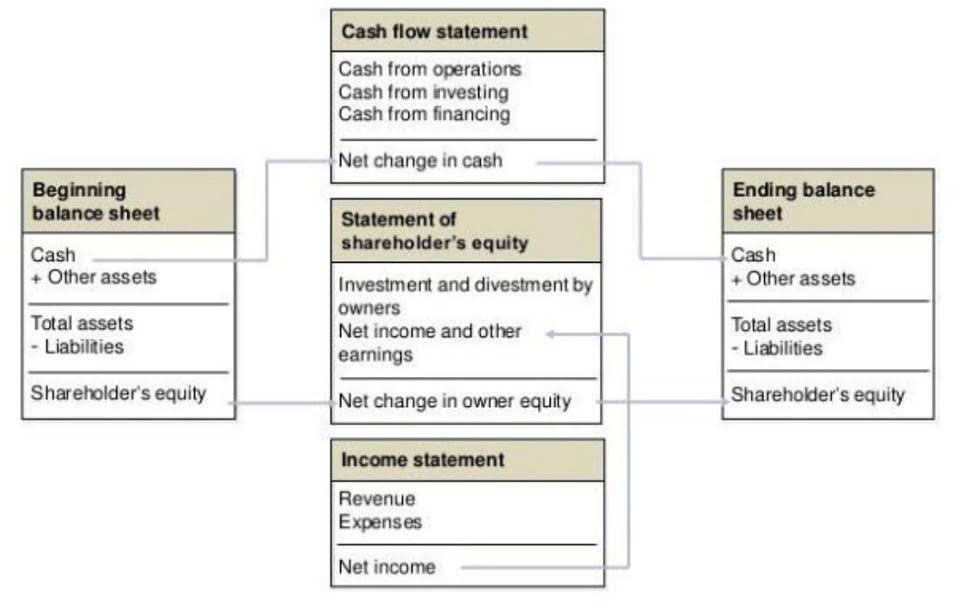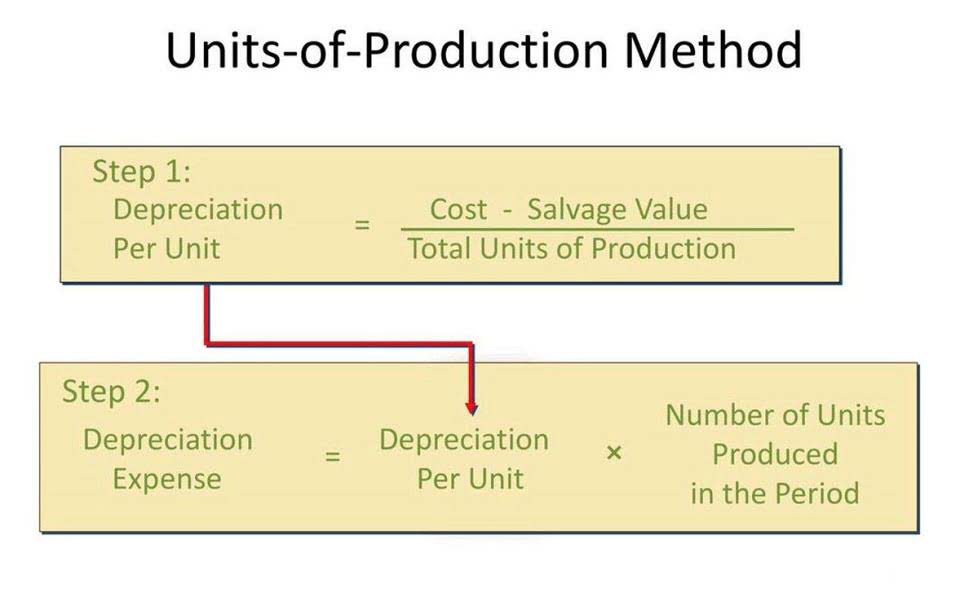
Enter project expenses in the same month-by-month columns to compare total expenses to total revenue. The best way to determine nonprofit income for a budget is to review the organization’s financial statements from the previous year. This will give you an idea of how much money the organization brings in from donations, grants, and other sources of revenue. After the organization’s income and expenses have been estimated, the next step is to create a budget that allocates the organization’s resources in a way that supports its financial goals and objectives.
How to find grants for nonprofits: Tips for making it easier

Our team of experts offers free consultations and resources to help your organization create a successful marketing plan. A nonprofit budget is a financial document used to plan how an organization will spend its https://www.bookstime.com/ money. It encompasses both your expenses and expected revenue for a set period of time. A nonprofit budget is an important financial document that helps organizations allocate expenses and predict revenue.
Making a Budget that Works for You
Use the same categories in your budget to easily generate financial reports to funders and others. If you’re creating a budget for the first time, create as reasonable a list as possible of expenses. Then, assess your best and worst-case scenarios for generating funding. Monitoring your revenue and expenses should ideally become a part of your nonprofit’s organizational culture, something everyone is aware of and contributes to.
- Software designed for nonprofits and churches with fund accounting, donor management, giving tracking, reporting, and more.
- In this guide, we’ll provide five tips to help you manage your nonprofit’s cash flow and keep your organization afloat.
- The review should include verifying that the budget is able to meet program and organizational goals.
- Some nonprofits identify every activity or grant as a separate program while others combine many activities under the umbrella term.
- A cash flow budget is focused on covering big expenses like capital projects or payroll work.
- The cost of return envelopes to be included in a fundraising mailing would be assigned directly to fundraising.
- Consider who’s available to give you the most useful insight—is there an experienced head of finance supporting you, or a treasurer?
Nonprofit Budget Best Practices for Sound Financial Management
There are different types of budgets intended for specific purposes, departments, or focused periods. Use this as a guide to ensure your financial activities contribute to your organization’s financial sustainability and long-term impact. Best practices for nonprofit budgeting will cover most of the bases of responsible financial management.


The better relationships you build early on, the easier things will be in coming years. One tip for goal-setting is to look beyond what you want for this year. Annual goals are absolutely necessary, but open yourself up to what could be possible five years from now. You’ll thank yourself later for having worked towards a long-term plan from the start. When teams have clarity into the work getting done, there’s no telling how much more they can accomplish in the same amount of time.

The two primary components of a budget are income and revenue, and many subcategories fall under the umbrella of each. However, if you feel that it is more important to have a budget that is easier to create and that reflects past spending patterns, you may want to use a historical budget. However, it can also lead to a lack of transparency and accountability, as well as to a feeling that the budget is not truly reflective of the organization’s needs. It can also help to identify areas where the organization may have been overspending or under-earning, which can then be addressed in the budget. To learn more, contact your Warren Averett advisor directly, or ask a member of our team to reach out to you to start the conversation. This document should serve as a helpful reference as you build the budget itself to keep you on course.
- In order for nonprofits to determine how much money they require to operate, they need an accurate way to account for all income and costs.
- Budgeting allows boards to put limits on certain expenses as necessary and work to increase income sources early when it looks like there may be a shortfall.
- The budget lists all of those sources and provides an indication of the amounts the board can expect to come in from each source.
- Report on key metrics and get real-time visibility into work as it happens with roll-up reports, dashboards, and automated workflows built to keep your team connected and informed.
For this reason we wait until after all the direct allocations are completed before we turn to allocating the indirect costs. The two most common methods for allocating indirect costs to programs are percentage of total direct costs and percentage of FTE. The process begins with the decision of which activities at your organization comprise a program for the purpose of budgets and financial reports.
The closer to accurate you can get documenting your expenses, the easier it’ll be to stick to your budget. One key to writing strong grant applications is being clear about how you’ll use the funding you’re requesting. To learn more about annual business budget templates, that can be used across different organizations, see “Free Annual Business Budget Templates”. Formal Changes to a BudgetKeep in mind there are certain things that will constitute a formal budget update (e.g. a new program, or a program elimination).
#4 Create the Budget
Many nonprofits also use a budgeting technique called cost-benefit analysis. This is an easy way for nonprofits to figure out what will work best for them based on the value it provides and whether or not the costs are worth it. The budget Budgeting for Nonprofits should be maintained using cash flow forecasting, forecasting revenue and expense, and analyzing expenditures’ effectiveness. The budget should also include an analysis of all short-term, medium-term, and long-term financial forecasts.
- A capital budget is a long-term financial plan that covers major investments and projects needed to strengthen your organization over time to sustain its growth.
- Then, assess your best and worst-case scenarios for generating funding.
- The expense budget requires an understanding of your nonprofit’s true needs and strategic direction.
- This template allows organizations to clearly outline and monitor annual financial resources and allocations, ensuring that all funding aligns with their operational and programmatic goals.